
Find Help
More Items From Ergsy search
-

Is training required to use an AED?
Relevance: 100%
-
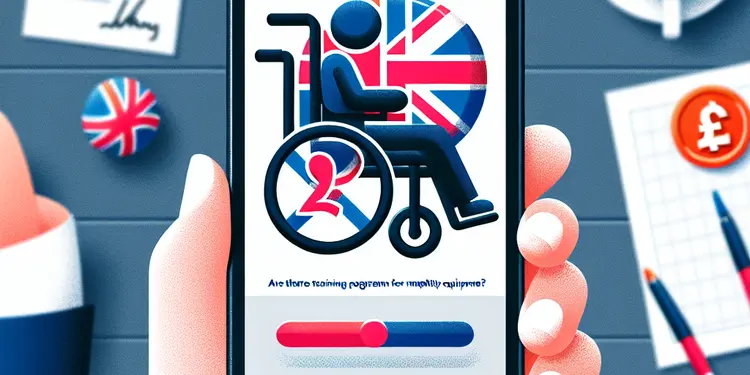
Are there training programs for using mobility equipment?
Relevance: 90%
-
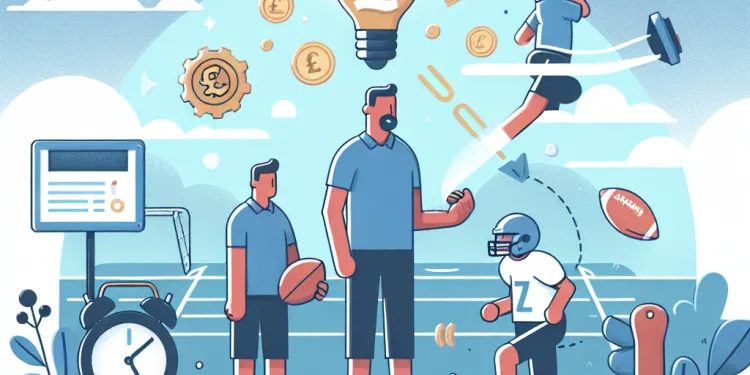
Is training available for coaches to help prevent concussions?
Relevance: 85%
-
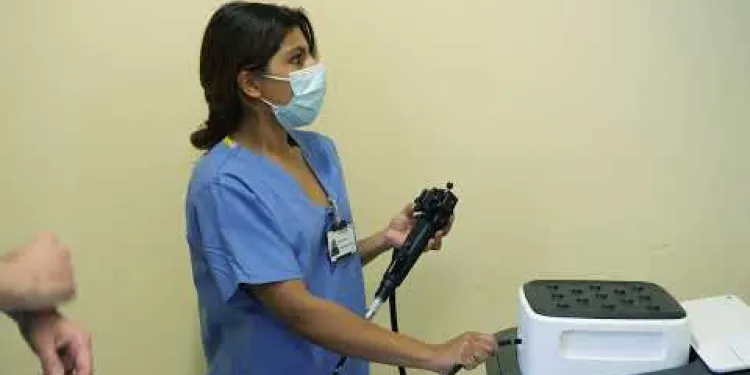
MTW Endoscopy service and training hub
Relevance: 83%
-

Is there a minimum age requirement to start nurse training?
Relevance: 83%
-

What types of training are available for primary care support workers?
Relevance: 79%
-
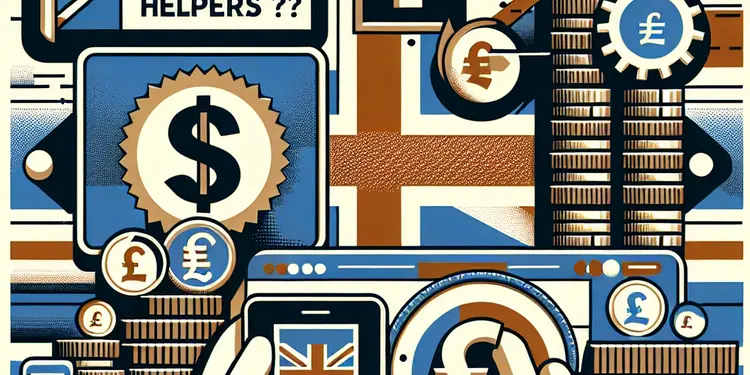
Are there training programs available for community helpers?
Relevance: 72%
-
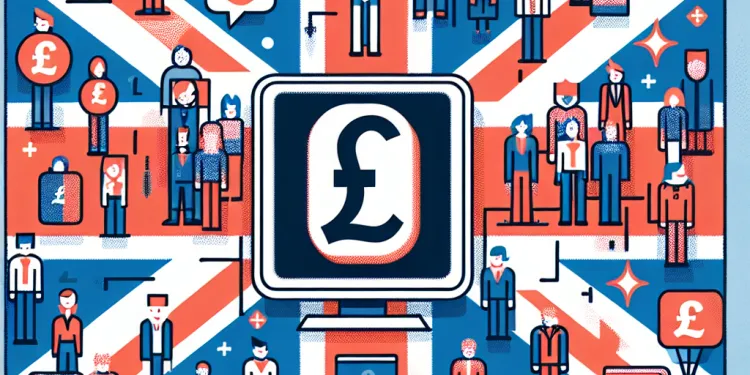
Can I learn first aid as a group?
Relevance: 30%
-
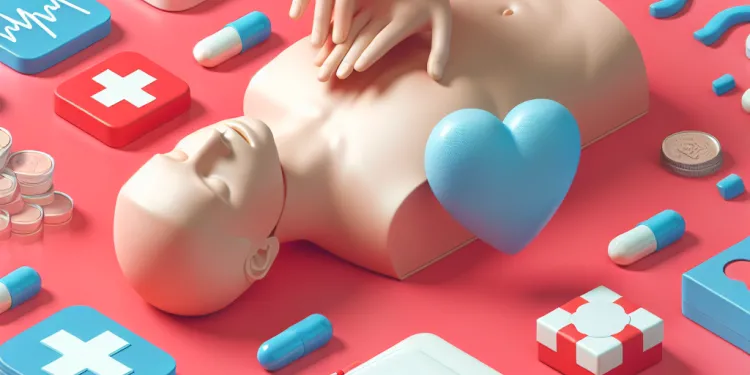
How important is it to learn CPR along with first aid?
Relevance: 30%
-

What age is appropriate to start learning first aid?
Relevance: 28%
-

Who can administer Botox?
Relevance: 27%
-
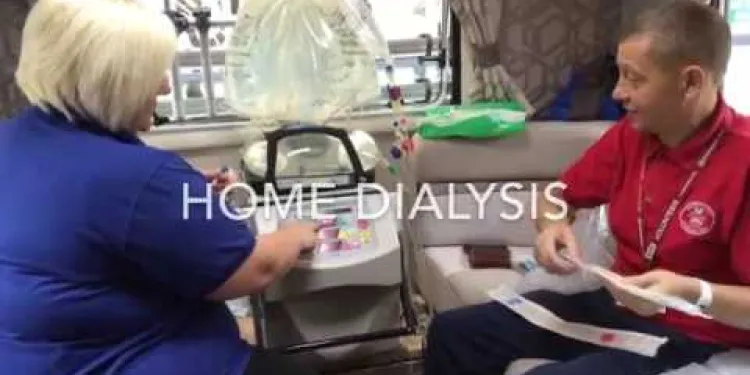
Home dialysis help for kidney patients
Relevance: 26%
-

What is the role of community hubs in supporting helpers?
Relevance: 26%
-
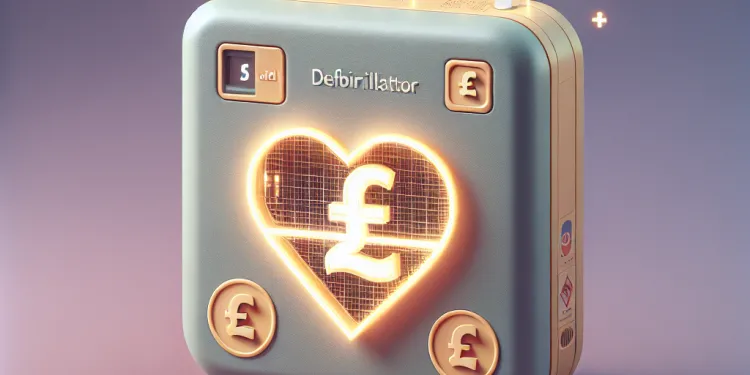
Can defibrillators be used on children?
Relevance: 25%
-
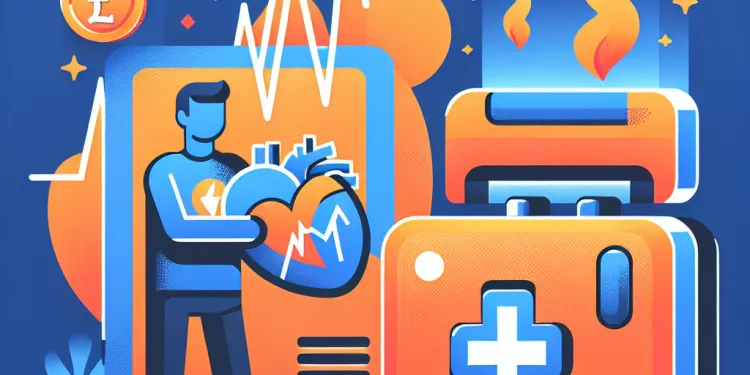
What is a Defibrallator?
Relevance: 25%
-
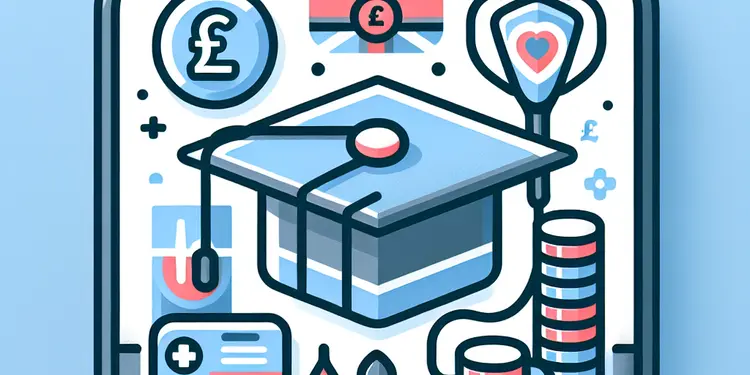
What qualifications do care home staff have?
Relevance: 25%
-

Incontinence and Prolapse - Physiotherapy Advice
Relevance: 25%
-

Home Haemodialysis - Donna's story
Relevance: 25%
-

What is an AED?
Relevance: 24%
-

How effective are defibrillators?
Relevance: 24%
-

Magistrates in the Family Court: A Public Law Case
Relevance: 24%
-

Are there signs bartenders or servers can watch for to prevent spiking?
Relevance: 24%
-
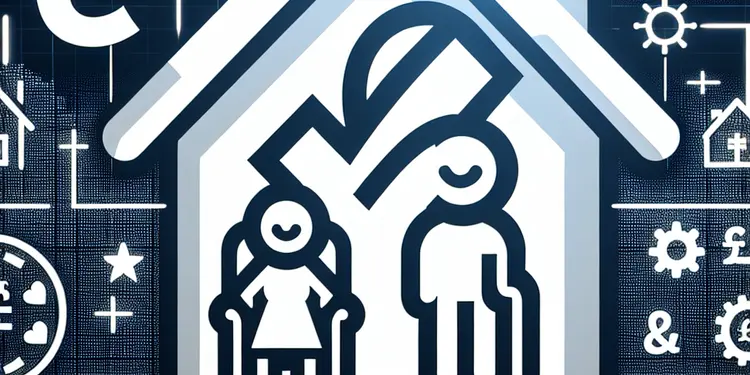
How is the quality of care regulated in care homes?
Relevance: 24%
-

What measures are taken to ensure food safety in school meals?
Relevance: 24%
-

What help is available to helpers in the community?
Relevance: 24%
-

Dementia Care at Colten Care
Relevance: 23%
-

How long does it take to become an NHS nurse?
Relevance: 23%
-

Are there academic courses for aspiring primary care support workers?
Relevance: 23%
-

What help is available to primary care support workers?
Relevance: 23%
-

Can pets damage mosquito screens?
Relevance: 23%
-

What are the career progression opportunities for NHS nurses?
Relevance: 23%
-

What types of support are available for community helpers?
Relevance: 23%
-

Are apprentices entitled to the National Living Wage?
Relevance: 23%
-

Is prior experience required to work at the National Trust?
Relevance: 23%
-

How does the National Trust support career development?
Relevance: 23%
-

What are the basic educational requirements to become an NHS nurse?
Relevance: 23%
-

Health and safety responsibilities
Relevance: 23%
-

What safety precautions should be taken when using mobility equipment?
Relevance: 23%
-
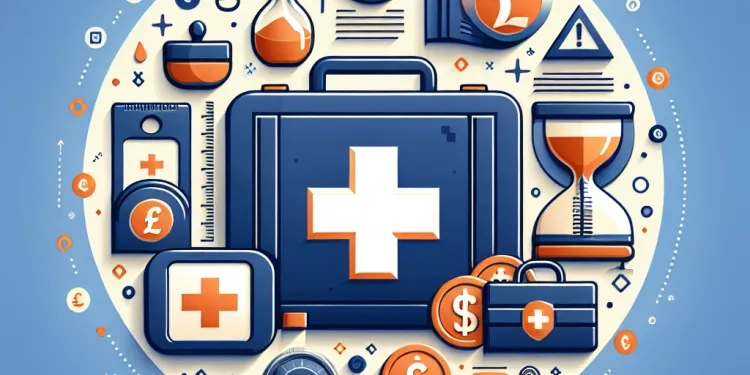
Do first aid certifications expire?
Relevance: 22%
-
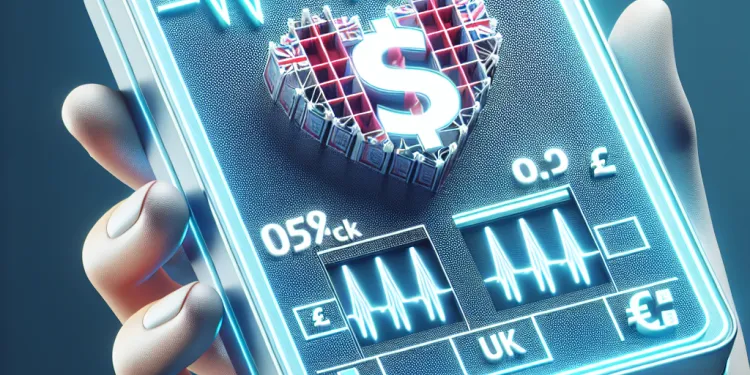
What is a defibrillator?
Relevance: 22%
Introduction to AEDs
An Automated External Defibrillator (AED) is a life-saving device designed to treat sudden cardiac arrest. When used correctly, it can significantly increase the chances of survival by delivering an electric shock to restore the heart's regular rhythm. AEDs are often found in public places across the UK, including shopping centres, sports venues, and airports, enabling quick access during emergencies.
Is Training Required for AED Use?
In the UK, no formal training is required to use an AED. These devices are designed to be easy to operate, with straightforward audio and visual instructions that guide the user step-by-step through the process. This accessibility means that untrained bystanders can feel confident in intervening during a cardiac emergency, potentially saving a life.
However, while training is not mandatory, it is highly recommended. Familiarity with the device through training can increase confidence and effectiveness in an actual emergency. Courses such as those offered by St John Ambulance, British Red Cross, or Resuscitation Council UK provide practical AED training. These courses typically include CPR training, which is often used in conjunction with AED deployment.
Benefits of AED Training
Training sessions provide hands-on experience, allowing participants to practice using an AED on a training manikin. This practice can be invaluable during high-stress situations. Additionally, understanding the correct CPR techniques and the optimal timing for defibrillation can enhance the chances of successful resuscitation.
AED training also covers critical elements such as assessing the scene for safety, identifying symptoms of a cardiac arrest, and coordinating emergency services. This comprehensive approach ensures that trained individuals can respond swiftly and efficiently, maximising the victim's chances of survival.
The Role of Legislation and Guidelines
In the UK, the Resuscitation Council provides guidelines for emergency cardiovascular care, while legislation supports the placement of AEDs in public spaces. Although training is encouraged, the emphasis is on accessibility and encouraging public use of these devices.
Organisations may choose to equip their staff with regular AED and CPR training to ensure preparedness. In schools, workplaces, and community groups, making AEDs readily available and ensuring some level of familiarity among members can be integral to promoting health and safety.
Conclusion
While training to use an AED is not compulsory in the UK, having some training can improve the outcome of cardiac emergencies by enhancing user confidence and proficiency. Public awareness campaigns and easy access to AEDs encourage timely intervention by any bystander, trained or not. Ultimately, combining the availability of AEDs with widespread training contributes to a safer and more responsive community in cases of sudden cardiac arrest.
Introduction to AEDs
An Automated External Defibrillator (AED) is a machine that can save lives. It helps people who have sudden heart problems. AEDs give a strong electric shock to help the heart start beating normally again. You can find AEDs in many places like shopping centres, sports venues, and airports in the UK. This helps people get help quickly in emergencies.
Is Training Required for AED Use?
In the UK, you do not need special training to use an AED. These machines are easy to use. They have simple voice and picture instructions to help you step by step. This means anyone can help in a heart emergency and possibly save a life.
But, it is good to have training. Training helps people feel more confident and ready to use an AED. You can get AED training from places like St John Ambulance, British Red Cross, or Resuscitation Council UK. These courses also teach CPR, which often goes along with using an AED.
Benefits of AED Training
Training courses let you practice using an AED on a dummy. Practice is helpful because emergencies can be scary and stressful. You also learn the right way to do CPR and when to use the AED. This can help you save a person's life.
In training, you learn other important things like how to check if the area is safe, how to know if someone is having a heart problem, and how to call for help. Learning these things helps you act quickly and the right way.
The Role of Legislation and Guidelines
In the UK, there are rules and advice from the Resuscitation Council to help people with heart emergencies. There are also laws to put AEDs in public places. Training is encouraged so more people can use these devices.
Some groups, like schools and workplaces, might train their staff regularly to be ready. Having AEDs where people gather and knowing how to use them helps keep everyone safe.
Conclusion
In the UK, you do not have to be trained to use an AED, but training can help a lot. It makes people feel better about using the AED and more skilled in emergencies. Public programs and easy access to AEDs make it possible for anyone to help someone with a heart problem. Together, having more AEDs and more trained people makes our community safer and better prepared for heart emergencies.
Frequently Asked Questions
What is an AED?
An AED, or Automated External Defibrillator, is a device used to help those experiencing sudden cardiac arrest. It's portable and can deliver an electric shock to help the heart re-establish an effective rhythm.
Is training required to use an AED?
While training is not required to use an AED, it is highly recommended. AEDs are designed to be user-friendly with voice and visual prompts to guide even untrained individuals in an emergency.
Are AEDs easy to use without training?
Yes, AEDs are designed to be used by laypersons with no medical training. They provide step-by-step instructions to guide the user through the process.
Can anyone use an AED?
Yes, anyone can use an AED, and many public access AEDs are specifically designed for use by non-professionals.
What does AED training typically include?
AED training usually covers how to recognize cardiac arrest, perform CPR, and operate an AED. It may include hands-on practice as well.
Where can I get training to use an AED?
AED training is often available through organizations like the American Red Cross, American Heart Association, local hospitals, or community education programs.
How long does AED training take?
AED training courses typically last between 2 to 4 hours depending on the depth of coverage and whether CPR training is included.
Does AED training cover CPR skills as well?
Yes, AED training often includes CPR instruction, as performing CPR is a crucial step in the chain of survival during a cardiac arrest.
Is AED training necessary for healthcare providers?
While healthcare providers often receive more comprehensive training, basic AED training is still beneficial and sometimes required for maintaining certifications.
Do AEDs require regular maintenance?
Yes, AEDs require regular maintenance checks to ensure they are in working order. This includes checking battery life and ensuring electrode pads are within their expiration dates.
Is AED training required in schools?
AED training is not universally required in schools, but many educational institutions encourage or mandate training for staff and sometimes students.
Can using an AED without training be harmful?
AEDs are designed to be safe to use with minimal training. The device will not deliver a shock unless it's necessary, minimizing the risk of harm.
Are there legal protections for using an AED without training?
Good Samaritan laws in many regions protect bystanders who use AEDs in emergencies, even if they have no formal training.
How effective are AEDs in saving lives?
AEDs are highly effective in increasing the survival rate from sudden cardiac arrest when used promptly, especially when combined with CPR.
What should I do if I encounter someone who needs an AED but I haven't been trained?
Call emergency services immediately, begin CPR if you are able, and follow the AED instructions when it arrives. The device will guide you through the steps.
Do AEDs provide instructions during use?
Yes, AEDs typically provide clear voice prompts and visual instructions during use to guide the user through the process.
What age group can AEDs be used on?
Most AEDs can be used on both adults and children over the age of one. Special pediatric pads or settings are often available for use on children.
Is there a cost to AED training?
There may be a fee for AED training, which varies by provider and location. Some community organizations offer free or low-cost training sessions.
Do AEDs require special certification to purchase?
AEDs do not typically require special certification to purchase, but some jurisdictions may have specific regulations or registration requirements.
How often should AED training be renewed?
It's recommended to renew AED and CPR training every two years to stay current with best practices and guidelines.
What is an AED?
An AED is a special machine. It helps if someone’s heart stops. The machine can help their heart start again.
AED stands for Automated External Defibrillator. It is easy to use and tells you what to do. It also has pictures and sounds to help.
If someone falls down and does not move, you can use an AED. You should call for help, too. Tell someone to call 911.
Remember, it is important to act fast to help the person.
An AED is a machine that can help someone who's having a heart emergency. It stands for Automated External Defibrillator. It's small and easy to carry. The machine can give the heart a special electric shock to help it beat the right way again.
Do you need training to use a heart machine?
Most heart machines are easy to use. You do not need special training. Follow the pictures and sounds from the machine. They will help you.
If you want to feel ready, you can watch videos about it or practice with someone who knows.
You don't have to be trained to use an AED, but it is a good idea. AEDs are made to be easy to use. They talk to you and show pictures to help you use them, even if you haven't been trained.
Can you use AEDs without training?
Yes, AEDs are made so anyone can use them, even if you are not a doctor or nurse. They talk you through what you need to do step by step.
Who can use an AED?
Yes! Anyone can use an AED. These are devices that help during emergencies with the heart. They have pictures and sounds to guide you. You can also ask someone to help you or call 911 for advice. Remember, it's always good to take a class to learn more about using AEDs.
Yes, anyone can use an AED. AEDs in public places are made so people who are not trained can use them easily.
What do you learn in AED training?
AED training helps you learn how to use a special tool called an AED (Automated External Defibrillator). You will learn how to help someone whose heart has stopped.
Here’s what you might learn in AED training:
- How to check if a person needs help
- How to use the AED machine
- How to place pads on the person's chest
- How to follow the AED's voice instructions
- How to do CPR (pushing on the person's chest)
If you find reading difficult, try using picture guides or videos. These tools can show you what to do step by step.
AED training teaches how to spot when someone's heart stops, how to do CPR, and how to use an AED. You might also get to practice these things with help.
Where can I learn to use an AED?
You can find places that teach how to use an AED. An AED helps restart someone's heart.
Here are some ideas on where to look for training:
- Local hospitals. They might have classes.
- Red Cross or first aid groups. They often teach how to use an AED.
- Fire stations or ambulance services. Ask them if they offer training.
- Community centers. They sometimes have free classes.
You can also use videos or apps to help you learn more about AEDs.
You can learn how to use an AED at places like the American Red Cross, the American Heart Association, local hospitals, or community classes.
How long does it take to learn about AEDs?
Learning about AEDs (a machine that helps if someone's heart stops) usually takes a few hours. It's a good idea to have a helper with you when you learn. You can also use pictures and videos to help understand. Practicing with a teacher is also very helpful.
AED classes usually take 2 to 4 hours. The time depends on what is taught and if CPR is also included.
Does learning to use an AED also teach CPR?
When you learn how to use an AED, do you also get taught how to do CPR skills? An AED is a machine that helps people whose hearts have stopped beating. CPR is a way to help someone breathe and keep their heart going until help comes.
Learning both AED and CPR can be very helpful in an emergency. There are courses that teach both skills together. You can ask your teacher if they will show you how to do CPR while using the AED.
Using pictures and videos can help you understand better. Practicing on a doll or dummy makes you feel more ready to help someone.
Yes, AED training usually teaches you how to do CPR too. CPR is very important when someone’s heart stops beating.
Do healthcare workers need to learn how to use AEDs?
Doctors and nurses usually learn a lot about helping people. But everyone can learn something useful with AED training. AED training means learning how to use a special machine that can help save a person's life. Sometimes, people need to learn this to keep doing their jobs.
Do AEDs need regular check-ups?
Yes, AEDs need regular checks to make sure they work well. This means looking at the battery and making sure the pads are not too old.
Do schools need to teach how to use an AED?
In many schools, teachers and staff learn how to use a special machine called an AED that helps people who are having a heart problem. But not all schools make it a rule for everyone to learn how to use it. Some schools ask students to learn too, while others don't.
Is it dangerous to use an AED if you have not been trained?
AEDs are made so people can use them safely with little training. The machine will only give a shock if it is needed, so it is very safe.
Can you use an AED if you haven't been trained?
Yes, there are rules that help keep you safe if you use an AED without training.
If you are trying to help someone, you are usually protected by these rules.
Many places have these safety rules, called "Good Samaritan" laws.
Here are some tips to help:
- Read the instructions on the AED. They are often easy to follow.
- Look for pictures or diagrams on the AED device.
- Stay calm and do your best to help the person.
If you want to learn more, maybe take a class about how to use an AED. Classes can help you feel more ready and confident.
Good Samaritan laws help people who help others. These laws are in many places. They protect you if you help someone with an AED machine in an emergency. It does not matter if you haven't learned how to use it before.
If you are helping someone, you can feel safe because of these laws.
There are things that can help you. You can keep a simple step-by-step guide with pictures to help you remember what to do. There are videos online that show you how to use AEDs too.
Do AEDs help save lives?
AEDs can help save lives if someone’s heart stops suddenly. They work very well when used quickly, especially if used with chest pushes called CPR.
What to Do if Someone Needs an AED and You Aren't Trained
Don't worry if you haven't been trained. You can still help someone who needs an AED. Here are some steps you can follow:
- Stay calm and call for help. Dial emergency services right away.
- Look for the AED. It might be in a public place like a school or shopping mall.
- Follow the AED's instructions. AEDs have simple pictures and a voice telling you what to do.
- Ask someone nearby to help you if you feel unsure.
Remember, doing something is better than doing nothing. You can save a life!
You can find videos online that show how to use an AED. Practice with friends or family to feel more confident.
Call for help right away, start CPR if you can, and listen to the machine's directions when it gets there. The machine will tell you what to do.
Do AEDs give help while using them?
Yes, AEDs talk to you and show pictures. They help you know what to do step by step.
Who can use AEDs?
AEDs can be used on people of all ages. They help when someone's heart stops.
Adults: AEDs have special pads for grown-ups.
Children: Some AEDs have smaller pads for children.
If you are not sure, you can always ask for help.
It's always a good idea to learn how to use an AED. You can watch videos or take a class.
Most AEDs can help both grown-ups and kids over 1 year old. There are special pads or settings for using them on kids.
Do you have to pay for AED training?
Sometimes you have to pay for AED training. The cost can change depending on who gives the training and where it is. Some local groups might give training for free or charge very little.
Do you need a special certificate to buy an AED?
You don't usually need special training to buy an AED (a device that helps if someone's heart stops). But, in some places, there might be rules you need to follow or forms to fill out.
How often should you do AED training again?
To keep your AED skills fresh, it's good to do training again every year.
You can use pictures and videos to help you learn better.
It's a good idea to refresh your AED and CPR training every two years. This helps you remember the best ways to save lives.
Useful Links
- Ergsy carfully checks the information in the videos we provide here.
- Videos shown by Youtube after a video has completed, have NOT been reviewed by ERGSY.
- To view, click the arrow in centre of video.
- Most of the videos you find here will have subtitles and/or closed captions available.
- You may need to turn these on, and choose your preferred language.
- Go to the video you'd like to watch.
- If closed captions (CC) are available, settings will be visible on the bottom right of the video player.
- To turn on Captions, click settings .
- To turn off Captions, click settings again.
More Items From Ergsy search
-

Is training required to use an AED?
Relevance: 100%
-

Are there training programs for using mobility equipment?
Relevance: 90%
-

Is training available for coaches to help prevent concussions?
Relevance: 85%
-

MTW Endoscopy service and training hub
Relevance: 83%
-

Is there a minimum age requirement to start nurse training?
Relevance: 83%
-

What types of training are available for primary care support workers?
Relevance: 79%
-

Are there training programs available for community helpers?
Relevance: 72%
-

Can I learn first aid as a group?
Relevance: 30%
-

How important is it to learn CPR along with first aid?
Relevance: 30%
-

What age is appropriate to start learning first aid?
Relevance: 28%
-

Who can administer Botox?
Relevance: 27%
-

Home dialysis help for kidney patients
Relevance: 26%
-

What is the role of community hubs in supporting helpers?
Relevance: 26%
-

Can defibrillators be used on children?
Relevance: 25%
-

What is a Defibrallator?
Relevance: 25%
-

What qualifications do care home staff have?
Relevance: 25%
-

Incontinence and Prolapse - Physiotherapy Advice
Relevance: 25%
-

Home Haemodialysis - Donna's story
Relevance: 25%
-

What is an AED?
Relevance: 24%
-

How effective are defibrillators?
Relevance: 24%
-

Magistrates in the Family Court: A Public Law Case
Relevance: 24%
-

Are there signs bartenders or servers can watch for to prevent spiking?
Relevance: 24%
-

How is the quality of care regulated in care homes?
Relevance: 24%
-

What measures are taken to ensure food safety in school meals?
Relevance: 24%
-

What help is available to helpers in the community?
Relevance: 24%
-

Dementia Care at Colten Care
Relevance: 23%
-

How long does it take to become an NHS nurse?
Relevance: 23%
-

Are there academic courses for aspiring primary care support workers?
Relevance: 23%
-

What help is available to primary care support workers?
Relevance: 23%
-

Can pets damage mosquito screens?
Relevance: 23%
-

What are the career progression opportunities for NHS nurses?
Relevance: 23%
-

What types of support are available for community helpers?
Relevance: 23%
-

Are apprentices entitled to the National Living Wage?
Relevance: 23%
-

Is prior experience required to work at the National Trust?
Relevance: 23%
-

How does the National Trust support career development?
Relevance: 23%
-

What are the basic educational requirements to become an NHS nurse?
Relevance: 23%
-

Health and safety responsibilities
Relevance: 23%
-

What safety precautions should be taken when using mobility equipment?
Relevance: 23%
-

Do first aid certifications expire?
Relevance: 22%
-

What is a defibrillator?
Relevance: 22%